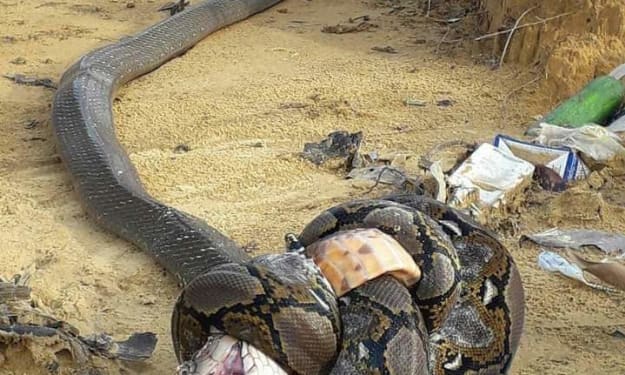Disclosed: The Captivating History of Turtle Shell Evolution
Unlocking Nature's Puzzle, Step by Ancient Step

Introducing Odontodon, a small creature that lived in Late Triassic swamps and happily frolicked with countless reptiles. Its most important protection is hidden beneath the surface: the shell material on the ventral side. This small creature is the ancestor of modern turtles, and its half-shell body provides important information about the sea turtle's body. Surprisingly, not one, but two separate shells emerge during sea turtle embryonic development; Both are derived from the animal's skeleton and are close to each other. Approximately 60 bones are connected together in series.
Like other embryonic forms, sea turtle embryos begin as undifferentiated cells and gradually specialize into different cell types, eventually forming organs and tissues through genetic work and cell communication. Turtle embryos start like reptiles, birds, and animals, and are unique among them in a group of cells called shell protrusions. These lines expand around the body from the neck to the back, forming a disc-like structure. It probably follows the practice of forming the upper part of a turtle's shell, called a carapace, by pulling cells that will grow into the ribs. The ribs do not curve downwards in the traditional thoracic style, but the shell extends all the way to the back. These ribs then release signaling proteins that cause neighboring cells to differentiate into bone-forming cells. The fifty bones grow until they are joined by stitches, while a ring of bones supports the edges of the shell. The layers of skin form the scales or crusts that cover the bark.
The development of the lower half of the shell, called the plastron, is driven by neural crest cells, many of which have the capacity to give rise to many different cell types, including neurons, cartilage, and bone. The energy barrier created by these cells spreads throughout the stomach and combines in an area that forms nine layers like bone. Finally, these plates are connected to the carapace with sutures. While sea turtles are excellent at defending against predators, their aggression also has its challenges. As the turtle grows, the seams between the shell and plastron bones widen. Unlike most mammals and reptiles, which rely on a flexible ribcage to aid breathing, sea turtles use abdominal muscles attached to their shells: one layer for inhaling and another layer for exhaling.
So where did the shell come from? The first step appears to have been the thickening of the ribs, although gaps remain in the fossil record. The earliest known turtle ancestor, Austrosaurus africanus, dating back 260 million years, was slightly tortoiseshell like modern turtles but had broad, flat ribs that supported powerful forelimb muscles. Austrosaurus appears to have been a burrowing animal that built underground shelters in what is now southern Africa. Cynodontus represents the next stage in sea turtle evolution, with thick ribs similar to Austrosaurus and a plate protecting the stomach.
The oldest evidence of the bones that form all the characteristics of modern turtles dates back about 210 million years to the species Proganochelys quenstedti, in which the ribs are fused. The prototurtle can walk on land and in water, but cannot pull its head into its shell and instead has protective bones in its neck. Now the tortoise shell shows that there are lots of people, think about the tortoises. Sea turtles have a flat, heavy body that allows them to move underwater, while turtles have domed shells designed to hide from predators and help themselves in case they return. Leatherback and softshell turtles, on the other hand, have shells without bones or hard skin, which helps them navigate in enclosed spaces.
About the Creator
Resian Sankei
Passionate environmentalist, psychology enthusiast, and avid writer on a mission to inspire change and spark curiosity.






Comments
There are no comments for this story
Be the first to respond and start the conversation.